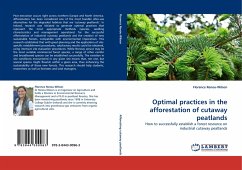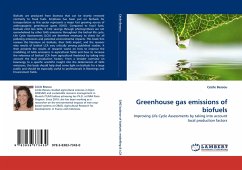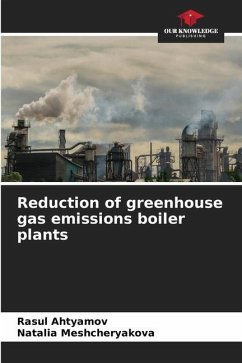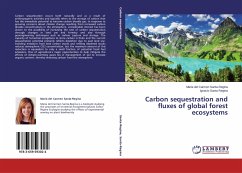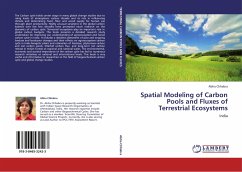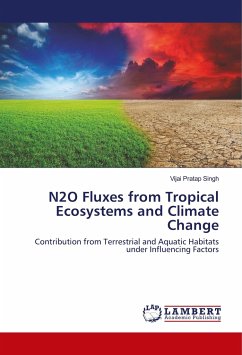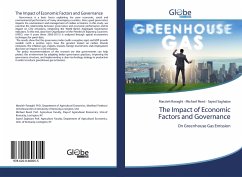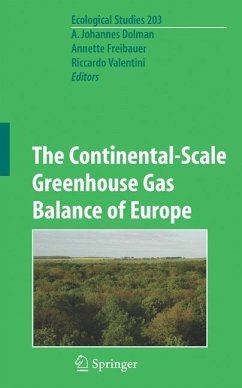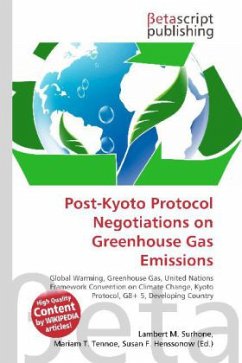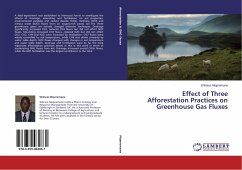
Effect of Three Afforestation Practices on Greenhouse Gas Fluxes
Versandkostenfrei!
Versandfertig in 6-10 Tagen
55,99 €
inkl. MwSt.

PAYBACK Punkte
28 °P sammeln!
A field experiment was established at Harwood Forest to investigate the effects of drainage, mounding and fertilisation on soil properties, environmental variables and carbon dioxide (CO2), methane (CH4) and nitrous oxide (N2O) fluxes from an organic-rich peaty soil. The three greenhouse gases are actively changed between landscapes. Drainage significantly increased CO2, reduced CH4 fluxes but did not affect N2O fluxes. Mounding increased CH4 fluxes, reduced N2O but did not affect CO2. CO2, CH4 and N2O were increased by fertilisation. CO2 fluxes were mainly controlled by soil temperature, whil...
A field experiment was established at Harwood Forest to investigate the effects of drainage, mounding and fertilisation on soil properties, environmental variables and carbon dioxide (CO2), methane (CH4) and nitrous oxide (N2O) fluxes from an organic-rich peaty soil. The three greenhouse gases are actively changed between landscapes. Drainage significantly increased CO2, reduced CH4 fluxes but did not affect N2O fluxes. Mounding increased CH4 fluxes, reduced N2O but did not affect CO2. CO2, CH4 and N2O were increased by fertilisation. CO2 fluxes were mainly controlled by soil temperature, while CH4 was driven primarily by water table depth. N2O fluxes changed with changes in soil temperature and water table depth. Drainage and fertilisation were by far the most important afforestation practices tested in this in this work in terms of accelerating GHG fluxes from soil. Drainage increased overall CO2e fluxes, while the NPK fertilisation was the largest contributor to the total



